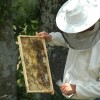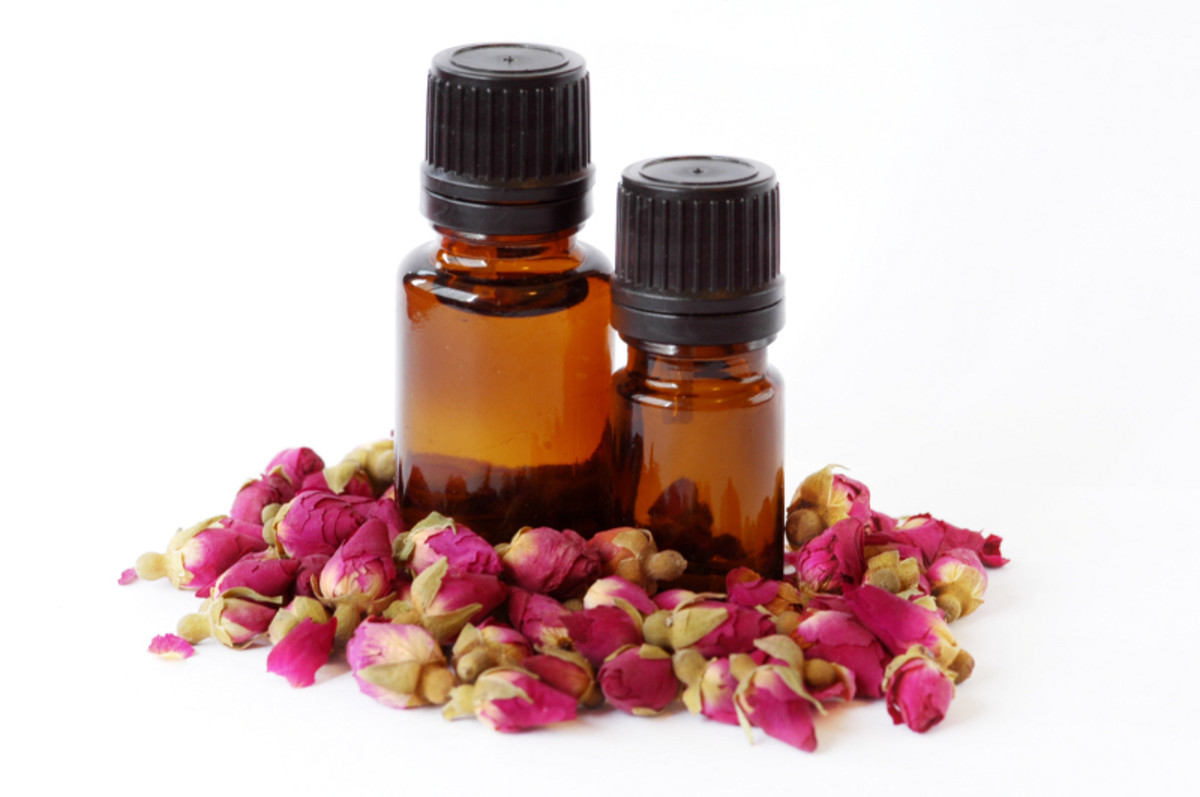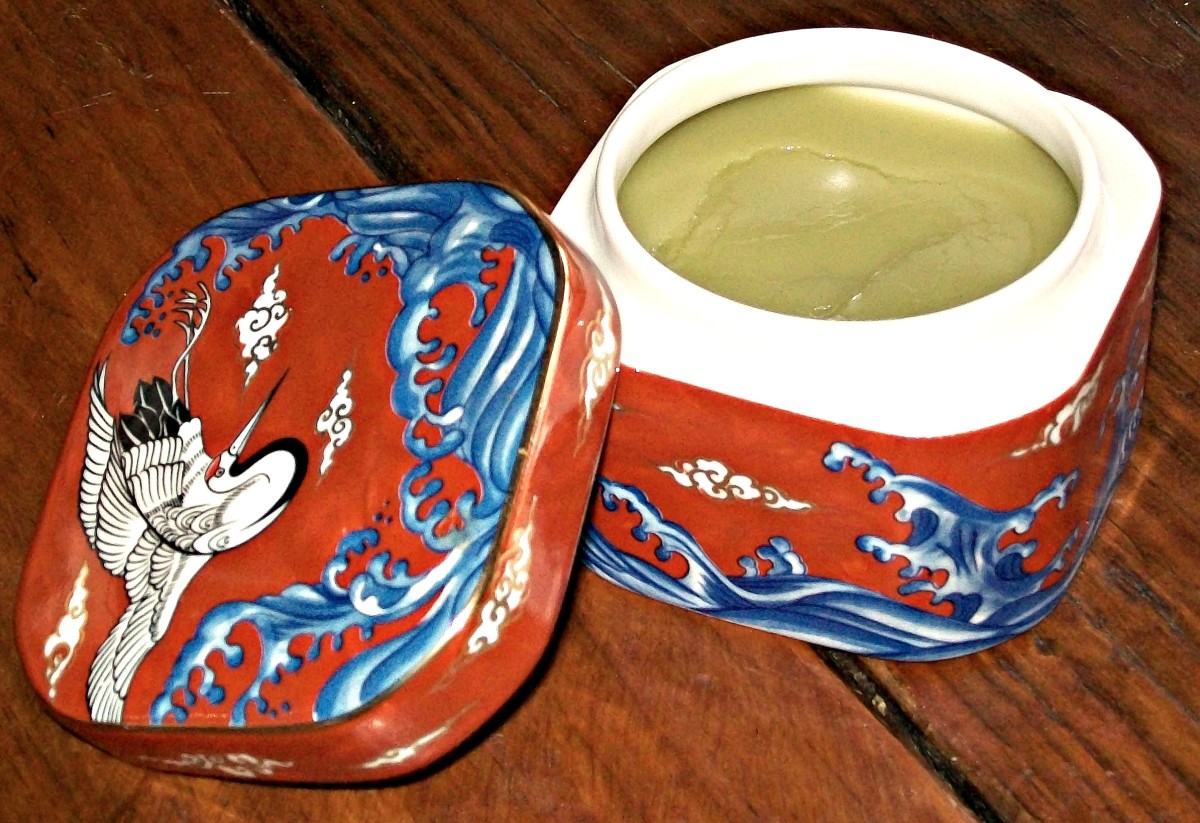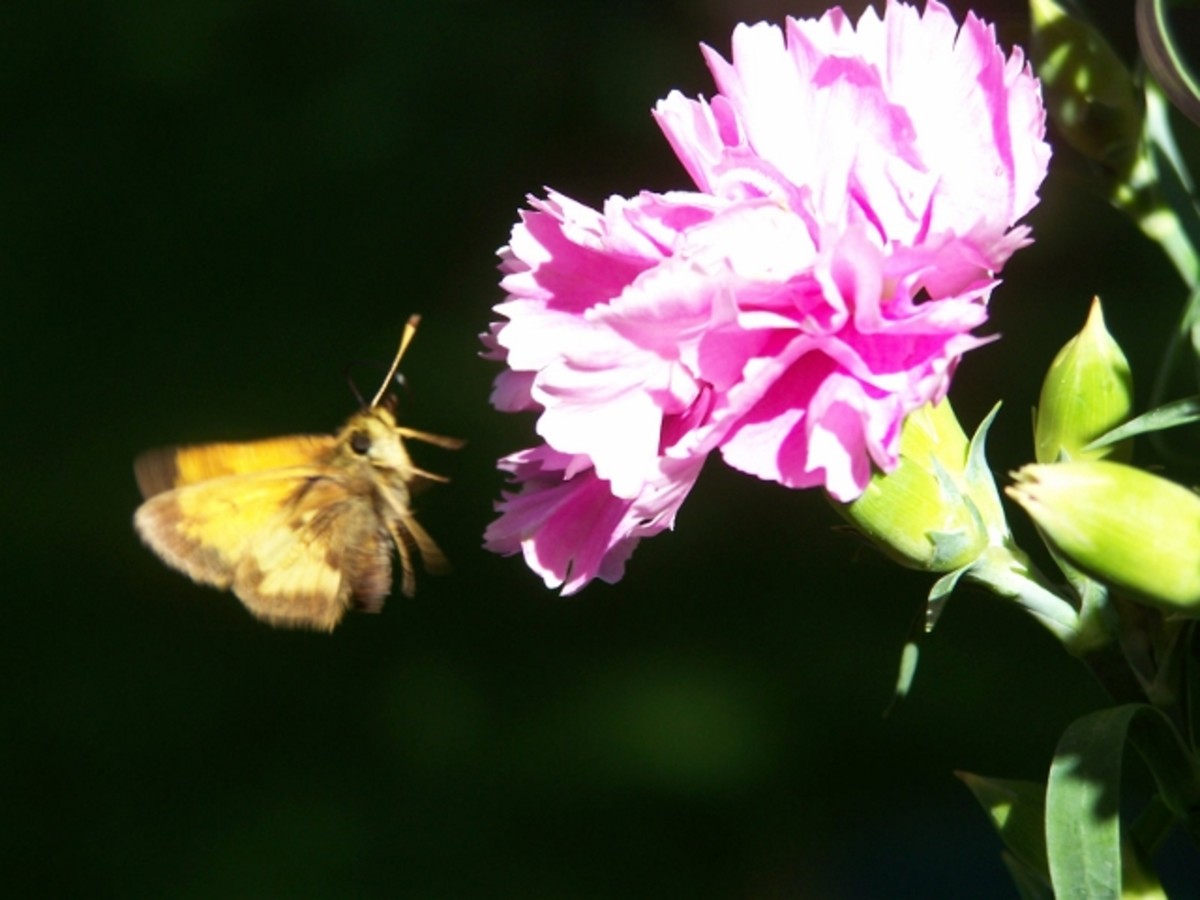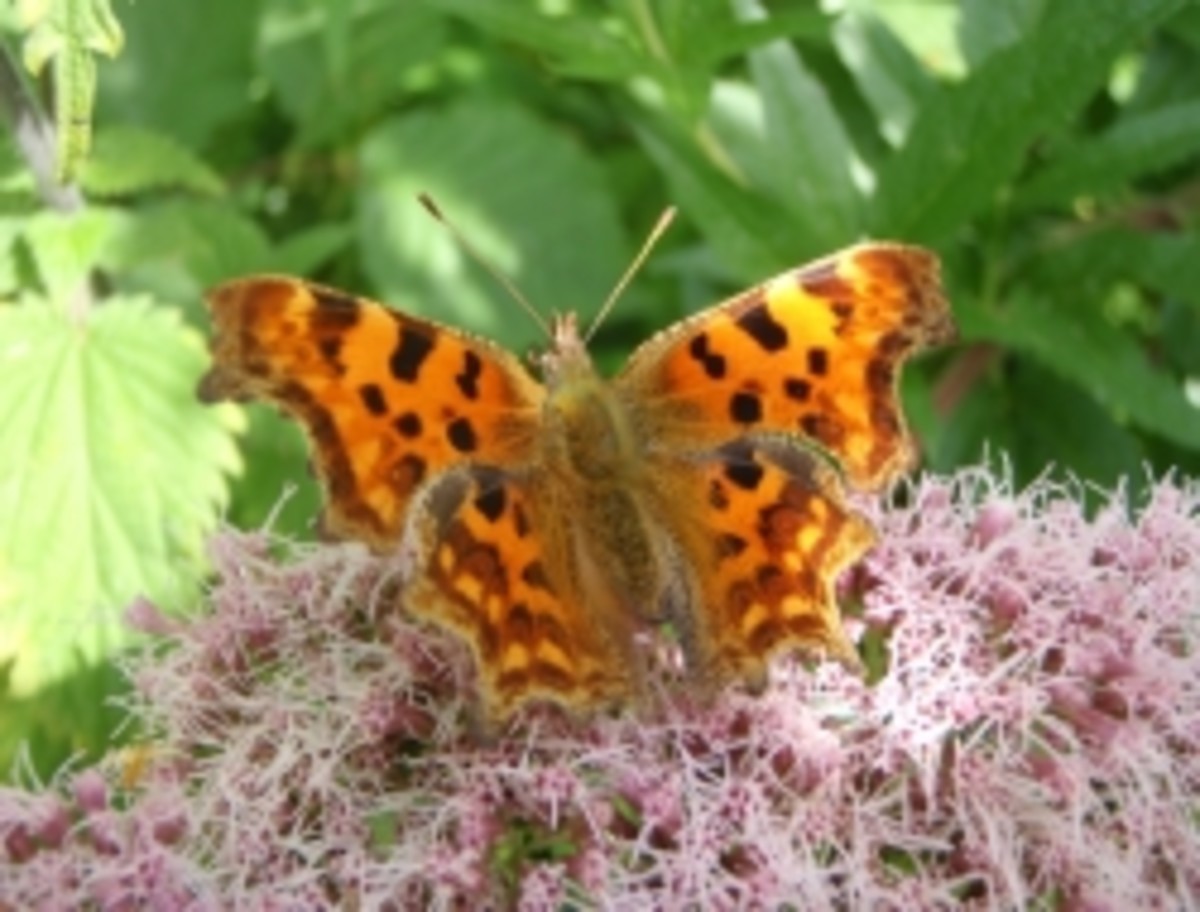- HubPages»
- Education and Science»
- Life Sciences»
- Entomology
Natural Fly Repellent
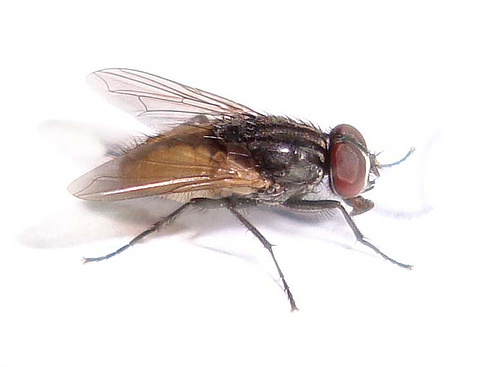
What Do We Mean by "Natural" Anyway?
Many of the active ingredients in natural fly repellents and insecticides are natural in the sense that they exist in nature. Most are extracted from plants, but they don’t exist in nature in the same concentration in which they are used in a repellent. After having been extracted and concentrated, can they still be thought of as natural? In this article, I use the term natural to mean not manmade, but there is often no clear line between what is and isn’t natural.
Natural Does Not Mean Non-Toxic
When people use the term natural, they are generally using it in contrast to the term synthetic. When it comes to insect repellents, there is a tacit assumption that something that is natural is less toxic in a general sense than something synthetic.
We need to keep in mind that just because something is natural, doesn’t mean that it is non-toxic. After all, cobra venom is natural, but extremely toxic. Just because a substance comes from natural sources doesn’t mean that we can be cavalier about how we handle it.
Pyrethrin
Pyrethrin refers to either of a pair of chemicals obtained from a species of Chrysanthemum. Pyrethrin acts not only as a fly repellent, but as an insecticide and is a common active ingredient in fly sprays. Its effectiveness is well documented. While pyrethrin itself is a natural ingredient, it is often paired with piperonyl butoxide, which is not. Pyrethrin breaks down quickly in sunlight and insects, while initially knocked down, can detoxify it and recover. The piperonyl butoxide prevents the insects from detoxifying the pyrethrin, killing them.
There are some pyrethrin sprays out there that do not contain piperonyl butoxide and there are some that are OMRI approved. OMRI is the Organic Materials Review Institute and is the organization that approves materials for the use in organic agriculture in the United States
Pyrethroids
Don’t be confused by ingredients with names similar to pyrethrin, like permethrin. There is an entire class of synthetic chemicals call pyrethroids that are used for insect control. These chemicals are designed to be more toxic to insects and less toxic to mammals than pyrethrin, but they are synthetic, so if natural is what you are after, stick with pyrethrin. Pyrethrin itself is of low chronic toxicity to humans.
Essential Oils
Essential oils are a broad class of volatile organic oils extracted from plants. Many have well known insect repellent and insecticidal properties and there are a variety of fly repellent sprays available that contain these oils. Do they work? My research indicates that the answer is sort of. The efficacy of these products doesn’t seem to last as long as those containing synthetic chemicals and they need to be applied more frequently.
Many people want to use essential oil fly repellent sprays on their horses and livestock. This isn’t likely to cause any harm, although I would pay close attention to any skin sensitivity that the essential oils might cause. My concern is that the animal isn’t going to be protected for very long. Essential oils are said to be volatile because they evaporate easily. Most of these products need to be applied every couple of hours.
Are Essential Oils Safe?
The United States Food and Drug Administration classifies many essential oils as Generally Recognized as Safe (GRAS) and they can be used as food additives. However, they still need to be handled with care. There are lots of DIY recipes for essential oil fly repellents on the internet. Be careful handling these very concentrated oils. I have blistered both my wrists quite badly with thymol, an extract of thyme.
Bag of Water and Penny Poll
Have you ever used a clear plastic bag filled with water and a penny to repel flies?
The Old Bag of Water With a Penny Trick
Some of you might have heard that a clear plastic bag of water with a penny in it will repel flies. I have seen this tried in a horse barn and I can’t say that I saw any positive effect whatsoever. It’s not going to hurt anything though, except maybe waste a plastic bag.
Other Home Remedies
There is a bewildering array of potions, concoctions, and brews that are said to repel flies. Besides essential oils; vinegar, mouthwash, and garlic are frequent ingredients. While these substances might have some repellent effect there is no scientific proof, just anecdotal evidence. Give them a try; they might not work, but they are not likely to hurt anything.
Sources
Flower and vegetable oils. (1993, December). Retrieved from http://www.epa.gov/oppsrrd1/REDs/factsheets/4097fact.pdf
Goodyer, L. I., Croft, A. M., Frances, S. P., Hill, N., Moore, S. J., Onyango, S. P., & Debboun, M. (2010). Expert review of the evidence base for arthropod bite avoidance.Journal of Travel Medicine,17, 182-192. Retrieved from http://www.mosiguard.com.au/downloads/Expert Review of the Evidence Base for Arthropod Bite Avoidance.pdf
Gouge, D. H., & Olson, C. (2011, August).Choosing a bug repellent. Retrieved from http://cals.arizona.edu/pubs/insects/az1311.pdf
Gray, L. (2009, April 6).Natural fly repellent. Retrieved from http://americashorsedaily.com/natural-fly-repellent/
Ibrahim M. A. et al. (2001). Insecticidal, repellent, antimicrobial activity, and phytotoxicity of essential oils: With special reference to limonene and its suitability to control insect pests.Agriculture and Food Science in Finland,10, 243-259. Retrieved from http://www.mtt.fi/afs/pdf/afsf10_243.pdf
Isman, M. B. (2000). Plant essential oils for pest and disease management.Crop Protection,19, 603-608. Retrieved from http://esa.ipb.pt/pdf/saps7.pdf
Johnson, A. (2009, August 27).Catnip shows promise as fly repellent for cattle. Retrieved from http://www.minnesotafarmguide.com/news/agri-tech/catnip-shows-promise-as-fly-repellent-for-cattle/article_8317113f-30d6-57db-8255-57a44388d1ef.html
Moon, R., & Gilkerson Wieland, B. (2008).Fly control around horses. Retrieved from http://www.extension.umn.edu/distribution/livestocksystems/DI8537.pdf
Citronella (oil of citronella) (021901) fact sheet. (1999, November). Retrieved from http://www.epa.gov/oppbppd1/biopesticides/ingredients/factsheets/factsheet_021901.htm
Piperonyl butoxide. (n.d.). Retrieved from http://npic.orst.edu/factsheets/pbogen.pdf
Pyrethrins. (1994, March). Retrieved from http://pmep.cce.cornell.edu/profiles/extoxnet/pyrethrins-ziram/pyrethrins-ext.html
Pyrethrins & pyrethroids. (n.d.). Retrieved from http://npic.orst.edu/factsheets/pyrethrins.pdf
Townsend, L. (2007, May).Insect control for horses, horse barns and stables. Retrieved from http://www.ca.uky.edu/entomology/entfacts/ef513.asp
More by Wib Magli
- Bee Pollen: Benefits and Health Effects
Bee pollen is pollen that has been collected by honey bees. Many health related claims are made for bee pollen, but data to support these claims is lacking. - What Insects Eat
What do insects eat? It's a simple question with a complex answer. How we answer this question will depend on whether we look broadly at insects in general, or narrow our focus to a single species. - Propolis Benefits
Propolis is a resinous substance that honey bees collect from plants. Bees use propolis in a variety of ways. People have harvested propolis from beehives for centuries, primarily to use medicinally. - Raising Bees
Raising honey bees is a unique and fascinating pastime. This article explains how to get started in beekeeping so that you have the greatest chance of success.
